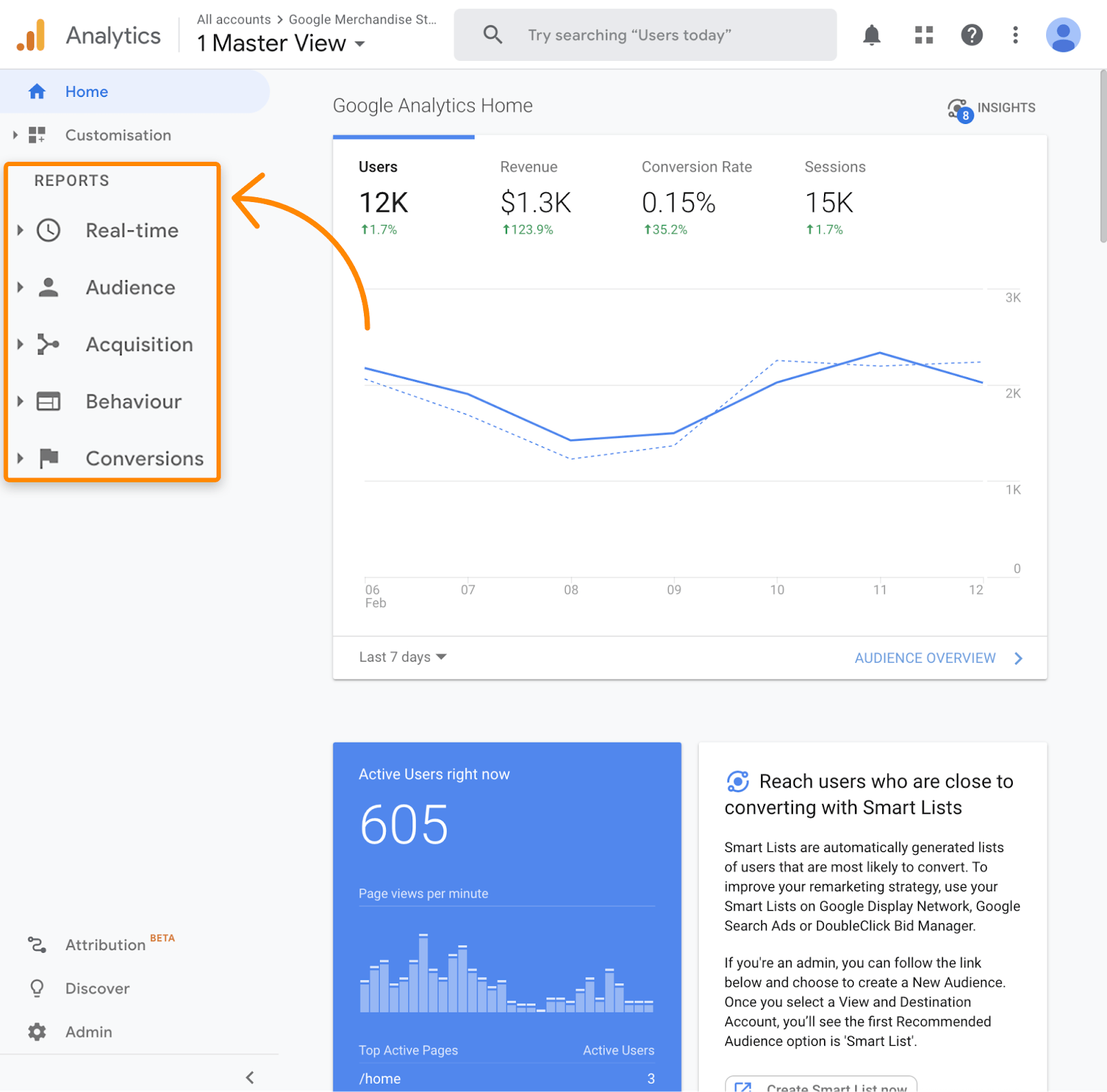Understanding Secondary Dimensions in Google Analytics: What is a Secondary Dimension and How It Improves Data Analysis
Understanding Secondary Dimensions in Google Analytics: What is a Secondary Dimension and How It Improves Data Analysis
Blog Article
Unveiling the Influence of Additional Dimension in Google Analytics on Data Analysis and Insights
In the world of data analytics, the application of second measurements within Google Analytics has emerged as a crucial device for extracting deeper insights and unraveling complicated patterns that might otherwise remain obscured. By peeling back the layers of main information sets, additional measurements supply a nuanced point of view that enriches the understanding of individual habits, website efficiency, and the performance of advertising methods.
Discovering the Principle of Secondary Dimensions
Additional measurements in Google Analytics offer additional understandings by permitting users to analyze key information along with an additional quality. This function enables an extra comprehensive understanding of the main information by including an additional layer of info for analysis. By integrating second measurements, individuals can dive much deeper into the information and uncover beneficial correlations that may or else go undetected. By matching the primary information of web site web traffic with secondary measurements like demographics or habits, marketing experts can gain a more thorough sight of their audience and tailor their techniques appropriately.
By exploring the numerous secondary measurements offered in Google Analytics, customers can unlock new understandings and maximize their digital marketing efforts. In essence, secondary dimensions offer as a powerful device for improving data evaluation and driving workable results.
Enhancing Information Interpretation With Additional Measurements
Having developed the foundational understanding of additional measurements in Google Analytics and their essential duty in data analysis, the emphasis now changes in the direction of leveraging these second qualities to improve the analysis of analytics data (what is a secondary dimension in google analytics). By incorporating second measurements right into information evaluation, experts can get much deeper insights right into customer behavior, internet site efficiency, and advertising effectiveness

Furthermore, second measurements aid in contextualizing main data metrics by offering additional layers of details. This contextualization aids in comprehending the 'why' behind the information trends, assisting experts make informed choices and optimizations to improve overall efficiency. Inevitably, incorporating second dimensions enriches the information interpretation procedure, leading to even more significant understandings and critical actions.
Discovering Hidden Insights Via Additional Dimensions
Discovering the midsts of analytics data with second measurements exposes important understandings that would or else stay obscured. By incorporating additional dimensions in Google Analytics, companies can discover covert patterns, fads, and relationships that supply an even more comprehensive understanding of customer behavior and web site performance. These additional layers of information permit analysts to dive deeper right into the primary dimensions, such as web traffic resources or landing pages, and gain a more nuanced viewpoint on exactly how different variables communicate with each other.
With making use of second measurements, analysts can segment and compare data across various measurements, allowing them to identify particular variables that influence customer interaction, conversion prices, and total success metrics. By coupling the key dimension of 'gadget group' with the secondary dimension of 'age group,' marketing professionals can pinpoint which age demographics choose accessing the web site through mobile devices versus desktop computers. This degree of granularity encourages businesses to make data-driven decisions and maximize their approaches for far better outcomes. Eventually, uncovering hidden understandings via additional dimensions enhances the deepness and precision of data evaluation, bring about even more educated decision-making and improved efficiency results.
Leveraging Additional Measurements for Actionable Analytics
Building upon the understandings revealed via additional dimensions in Google Analytics, organizations can currently harness this enriched data landscape to drive actionable analytics and calculated decision-making. By leveraging secondary dimensions, companies can dig much deeper into their information to extract useful patterns, trends, and connections that might have previously gone undetected. This deeper degree of evaluation allows organizations to acquire an extra you could check here extensive understanding of customer behavior, campaign efficiency, and overall web site effectiveness.
One trick benefit of utilizing second dimensions for workable analytics is the capacity to segment information based upon particular standards. This division allows organizations to tailor their methods and projects to various target market teams, resulting in a lot more targeted and reliable marketing initiatives - what is a secondary dimension in google analytics. In addition, secondary dimensions supply a more all natural view of customer communications, making it possible for businesses to optimize their site material, style, and general customer experience
Making Best Use Of Decision-Making With Second Measurements
To enhance strategic decision-making in analytics, leveraging secondary dimensions in Google Analytics can offer a much more nuanced point of view on individual habits and campaign performance. By integrating additional dimensions into data analysis, companies can delve deeper right into the specifics of their website site visitors' communications and involvement patterns. This extra layer of info enables over at this website a more comprehensive understanding of just how various variables, such as demographics, gadgets, or web traffic sources, influence vital efficiency signs.

Verdict
In final thought, the usage of secondary measurements in Google Analytics plays an essential role in boosting information analysis and discovering surprise understandings. By discovering this idea, one can obtain a deeper understanding of customer habits and make notified decisions based on actionable analytics. Leveraging secondary dimensions permits an extra thorough interpretation of information and maximizes the performance of decision-making processes.

Report this page